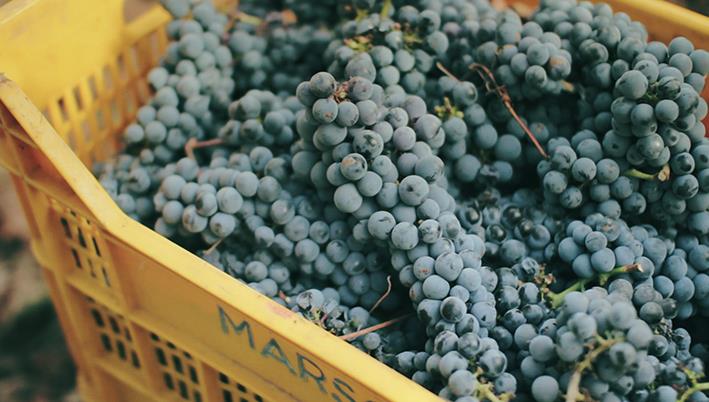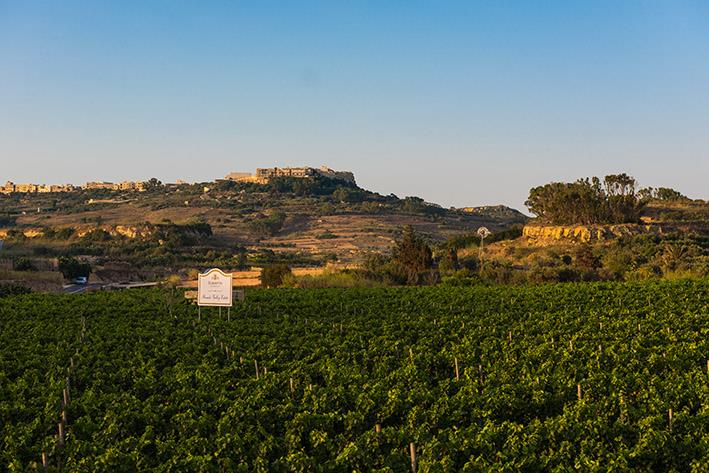The young farmers who wish to focus on agriculture or viticulture find it near impossible to obtain more land to till, and such issues are turning agriculture in Malta into a part-time hobby, Marsovin CEO Jeremy Cassar said.
Cassar was speaking during a press conference held at the Marnisi Wine Estate in Marsaxlokk on Wednesday. During the conference, he highlighted the future challenges in the local wine industry and the weather effects on the grape quality.
He said that one of the highest paid EU subsidies in Agriculture (referred to amongst farmers as “tal-qamh”) is a scheme where farmers are encouraged not to till their land in the summer. “Any farmer with agricultural land which is not tilled, used for production of fodder, or simply tilled once a year in the winter and not used productively receives around €213/tu.” He said that this encourages land owners to hold on tight to their land without being productive, and reduces the chances of new young farmers finding more land to use productively.
Speaking about other challenges farmers face, Cassar highlighted that the bulk of “modern” trellised vineyards in Malta were planted between 2004 and 2006. He said that under Malta’s climate conditions, most vineyards are economically viable for around 20 to 25 years. “This means that in the near future old vines need to be replaced with new vines and financial assistance in the form of EU/national funding would definitely help,” said Cassar.

Very little to no rainfall recorded throughout the year
According to Cassar, the ‘agriculture year’ started off on the right track with abundant autumn rainfall (2019). Yet, despite the great start, from the second week of January 2020 all throughout the year up to the grape harvest, there was very little to no rainfall recorded, with the exception of two episodes in May and June.
He explained that in certain areas, the rainfall caused more damage than benefit. “A hailstorm late in May caused havoc in the area known as “Wied ta l-Isqof” where up to 75% of the grapes were lost in some vineyards located in the area.”
He said that the bulk of the old traditional non-irrigated indigenous Girgentina and Gellewza vinces were affected by the excessive drought conditions, with older vineyards suffering a considerable decline in production due to water stress, and in some cases resulting in the death of the vines.
The colder than average winter months of 2019 lead to the latest grape harvest on record last year, resulting in grape bunches not reaching full maturity. On the contrary to the previous year, 2020 had relatively warm winter months which impedes abundant vine fertility, in turn leading to lower yields.

Excellent grape quality due to relatively warm weather
Delving into the quality of the grapes, Cassar said that the relatively warm weather in late winter/beginning of spring resulted in early budburst, which in conjunction with consistent summer temperatures ensured a long progressive gradual maturation.”
He pointed out that the excessively dry, ventilated spring and summer minimalized grape fungal diseases, such as Downey mildew and Botrytis, therefore resulting in a healthy grape sanitary state. “This allows for longer maturation periods as the grape could be left longer on the vines, resulting in a higher concentration of aromas.”
What was somewhat unusual, was the temperature variations between day and night during the summer period. “The temperature variations were relatively high, which causes above average acidities, thus resulting in fresher white wines and more balanced red wines.”